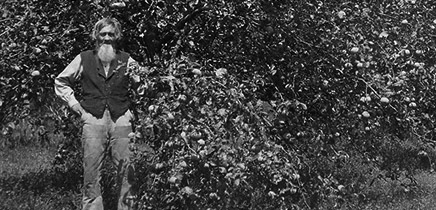The Carver Rapids are located along the Minnesota River, at a point where the river separates Carver County from Scott County. The rapids served as a prominent spot along the Minnesota River, during the early history of Carver County.
The Carver Rapids are what is classified as double rapids, with two major points along an S-like curve in the river. The rapids flow over a natural foundation that is composed of a very hard limestone, which has not eroded over the millennia.
The earliest European activity along the Carver Rapids dates back to the late 1700s, when trading posts were set up. It is uncertain who established these posts, but it was likely to have been French traders. Later trading posts were also set up along the rapids, including one by Jean-Baptist Faribault in 1804. Prior to white settlement, the Dakota lived on the land to either side of the rapids. When the Faribault post was set up, a small village of the Wahpeton tribe could be found just to the south.
The rapids continued to play a prominent role in settlement of the area, through the 1800s. On the Carver County side of the rapids, the township of San Francisco was founded by William Foster in the mid-1850s, which briefly served as the county seat. That town was damaged by floods in the early 1860s. In the 1850s through the 1870s, during the dryer months of the year, the rapids became the headwaters of the Minnesota River. Steamboats couldn’t travel beyond the rapids, so settlers would get off at Carver and continue their travels on foot or by wagon. During the Dakota War of 1862, the Carver headwaters served as a major unloading site for soldiers coming upstream from Fort Snelling. By the later 1800s, the arrival of the railroads led to a decline in boat traffic along the Minnesota River and Carver Rapids.
In the 1900s, the rapids remained a key landmark along the Minnesota River, but saw minimal use in comparison to earlier settlement eras. Throughout the decades, amateur archeologists have excavated among the Dakota villages that once stood around the rapids, taking relics and destroying former burial sites in the process. In the twenty-first century, the rapids are part of the Minnesota Valley Wildlife Refuge (founded in 1976), in what is called the Rapids Lake segment, located in Carver County. The rapids, however, are unmarked, the lack of signage making them difficult to locate.


